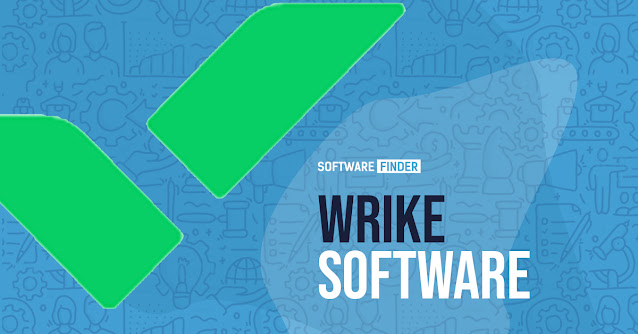Airtble Review Vs Asana Review
Asana has a more powerful free version
The free version of Asana is very limited compared to its paid counterpart. It does not allow you to create recurring tasks and then reassign them to someone else when that person leaves. Moreover, if you want to collaborate with other members of your team, you will have to toggle between the features and conversation tabs to discuss a task. This feature makes it difficult to delegate tasks unless you have other members to take it on.
Despite its limited free version, Asana is great for prioritizing tasks. Its easy-to-use interface allows you to mark tasks as high-priority and send them to team members. It also allows you to see how tasks relate to each other. Another feature that you can use is the timeline, which lets you plan a project schedule. This way, you can be sure that everyone knows where they should start and end a project. You can also check out the complete detail of the asana software by clicking Asana review.
Airtable has a cheaper price tag
When comparing pricing and features, Airtable has the edge over Asana. Although both systems have similar features, the Enterprise plan of Airtable has several more bells and whistles, including priority support, data export and deletion, and cross-regional backups. The paid plan is also more customizable, with additional features such as Airtable Apps. Airtable has more features, including custom branding and telephone support, which Asana does not.
If you are evaluating pricing, consider the number of users you will need. The Pro tier costs $20 per month per user and includes built-in connectivity with key apps. The free tier does not include advanced features like workflow automation, workload monitoring, or reporting, which are crucial for small and midsize companies. For large organizations, however, the Enterprise tier offers more advanced features and unlimited syncs.
Both project management tools offer multiple templates
Both project management tools offer multiple templates, so you can choose the one that fits your business and team's needs. Hive project management software helps you manage your projects and digital campaigns. Hive templates can help you save time and effort by automating repetitive tasks. It features templates for operations, marketing, and HR. Both offer automation, but they don't offer kanban views or gannt charts. You can't create recurring dependent tasks with either tool, though.
Using templates can help you avoid duplication, save time, and keep work organized and consistent. Report templates provide more visibility into projects, including project status, assigned tasks, and tasks in progress. Templates can also help you assess if additional work needs to be done. Project management software reports can be a valuable communication tool for stakeholders. If you use templates effectively, you'll get the most out of your investment. And they're also a great way to share your progress with other team members.
Both offer cloud-based software
Both offer cloud-based software solutions, but they differ in some important ways. The most significant is that cloud-based software is not hosted on your own server. It is hosted by the cloud service provider. The provider handles upgrades and compatibility of the software and all security concerns, so your data is safe from hackers and malware. Cloud-based software is also easy to deploy, unlike on-premise applications, which must be installed on every PC in your organization.
The two types of cloud computing solutions are very similar in terms of business use. SaaS, or software as a service, is cloud-based application software. Users access it through a web browser, dedicated desktop client, API, or web application. They pay a monthly or annual subscription fee for the software. Some providers offer pay-as-you-go pricing, making it affordable to try out new features before buying a subscription.




Comments
Post a Comment